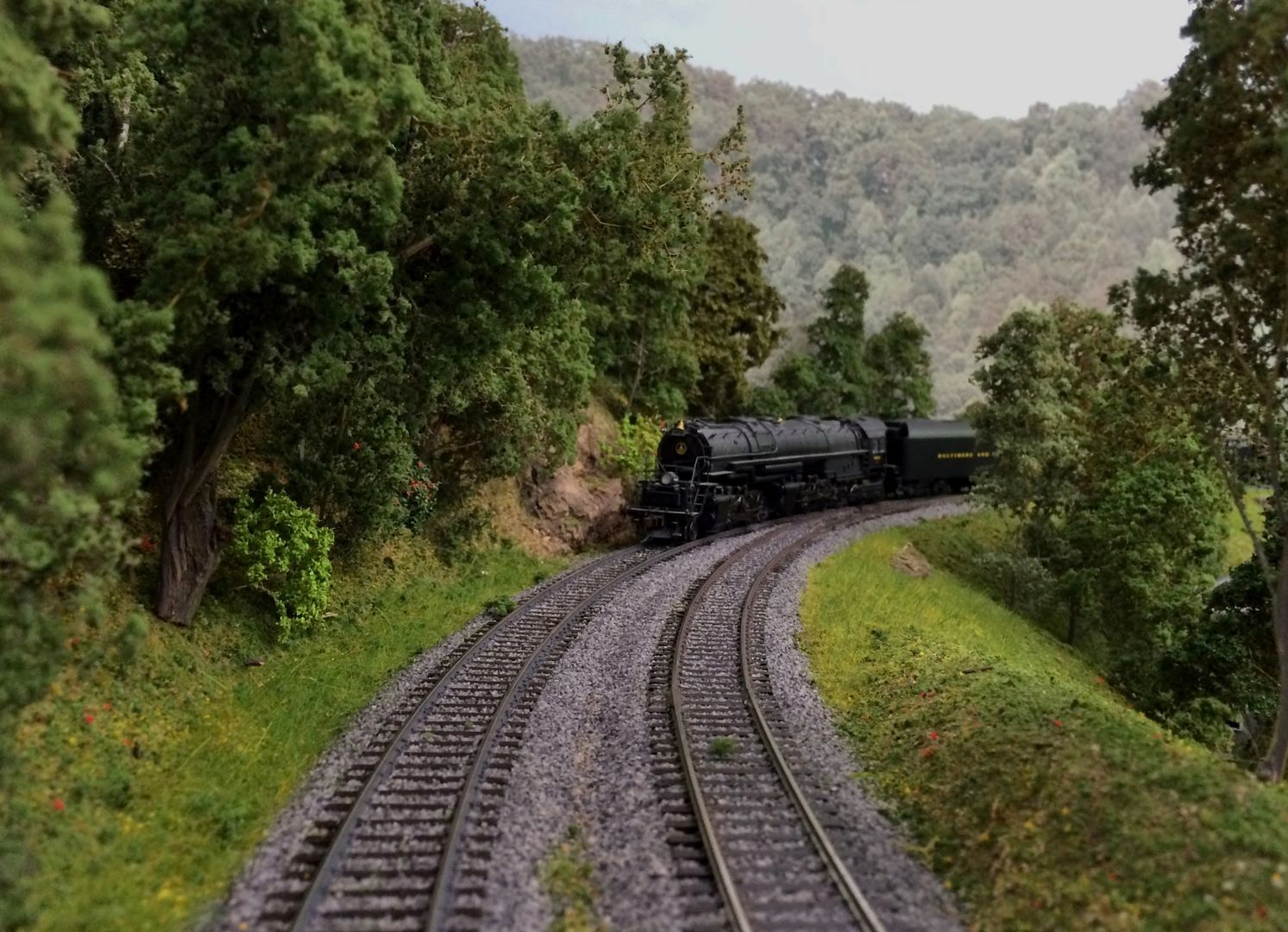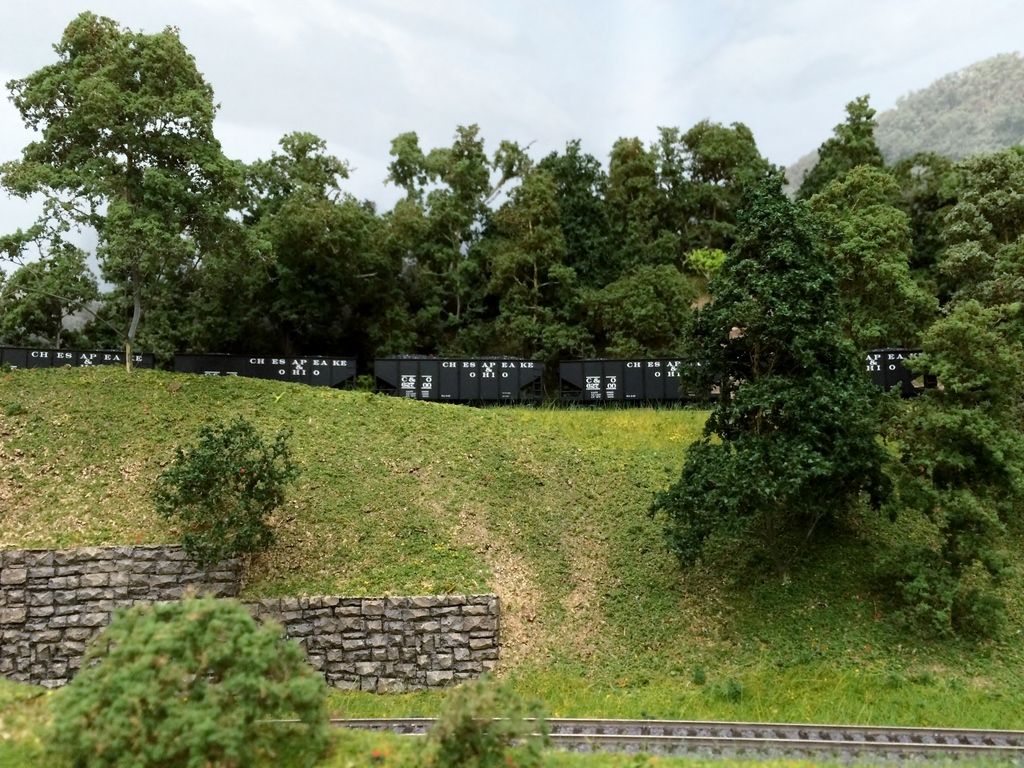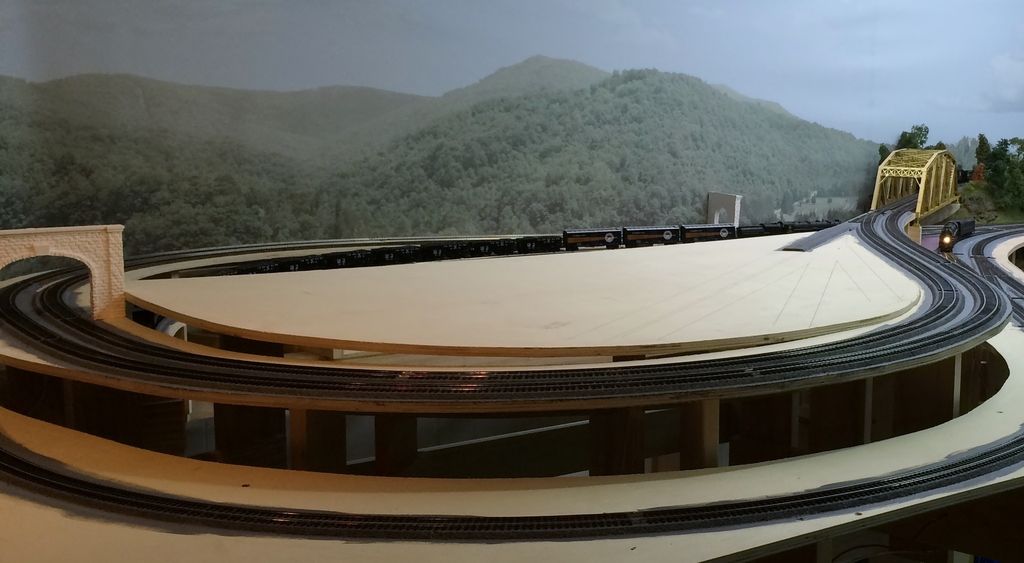Having been involved in operating sessions on a number of different layouts with a number of different operating schemes, yes, some go very far into all the prototype “actions”, and it can be too much stress.
I like operations, but I do like simple, low stress operating schemes/systems.
My own layout uses CTC for the mainline - BUT - it is a simplified CTC system, and a simplified signal system making it easier, faster (because our distances are shorter and our clocks are sped up) and thereby way less stressful.
In place of the multi step process of levers and switches on a true CTC panel, mine is simple lighted pushbuttons. The dispatcher sets the routes thru the interlocking, generally with only one button, and than one more button gives the next train aurthority into the next two siganal blocks - yes the next two signal blocks.
Each power block not part of an interlocking is divided into two signal blocks. Each interlocking is actually a buffer block in terms of power - it is only powered when both sides of the interlocking are assigned to the same throttle.
Interlocking signals are absolute, just like the prototype, but are never used for “yellow” indications (actually some show yellow in place of green for restricted speed diverging routes).
Anyway, this simple system makes it easy for operators to understand and remember what to do. If they mess up - we have automatic train control - their train just stops until the dispatcher fixes things.
Off the mainline operators have simple switch lists and a whole section of layout to themselves for their “work”. Very relaxed pace…
Other low stress feature - interlockings work like the real thing - a dispatcher or tower operator cannot throw a switch while a train is in the interlocking - it simply will not throw.
Operators get paperwork, but they don’t “do” any paperwork - it is just their instructions.
So that’s my take on lo



